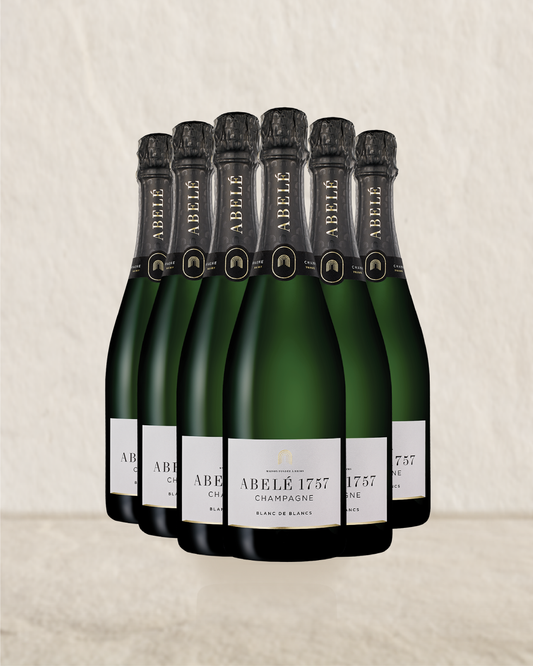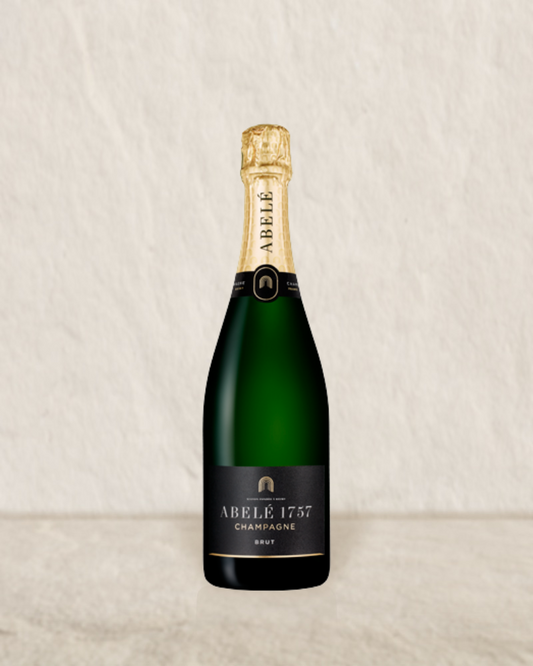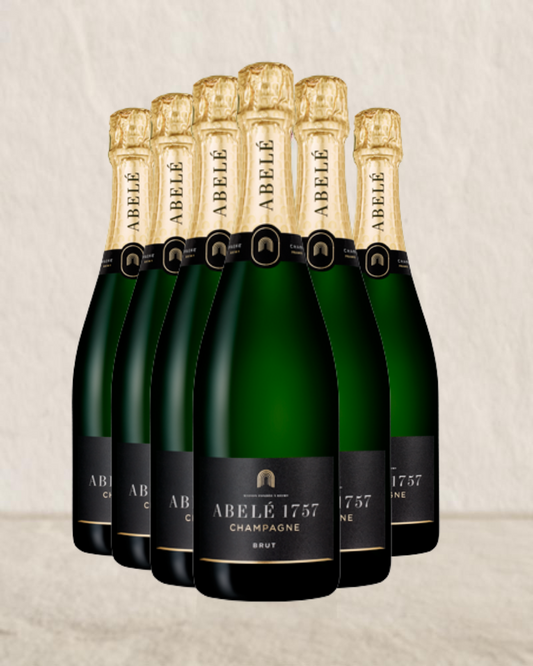Liqueur d’expedition and liqueur tirage.
Their differences and how they are used.
Champagne is truly a remarkable wine. It has humble beginnings as a still, neutral, table wine but through mass intervention and artistic touch sees the transformation into the ultimate toast of celebrations. The hallmark delicacy, finesse and complexity coupled with the delight of the all important bubbles are achieved through winemaking processes that are unique to Champagne.
Liqueur d’expedition and liqueur tirage are both additions that are vital in the production of Champagne. Both are additions that are sugar based, liqueur tirage instigates the all-important secondary fermentation creating the unique, and magical, all-important mousse. While the liqueur d'expedition adds back a degree of sugar, post fermentation, to balance and create the world’s most sought after wine
Once a producer has assembled their desired blend from the myriad of base wines, they will now seek the magical sparkle. This is achieved by the addition of liqueur tirage prior to bottling, for the second fermentation or prise de mousse.
Liqueur tirage is a blend of fine cane or beet sugar which has been dissolved in wine which will be added along with yeast to the wine. Commonly a fining agent such as bentonite will also be added as it assists in the subsequent remuage. Its purpose is to prevent the yeast from sticking too firmly to the side of the bottle.
Once the wine is bottled, the sugar will be converted by the yeast into alcohol and carbon dioxide (CO2). As the gas cannot escape due to the cork, it remains suspended in the wine until that moment the cork is finally released, and the precious mousse is there for all to enjoy. It is the addition of liqueur tirage that truly marks the beginning of the Champagne process.
The amount of sugar used in the mixture will be dependant on the style desired. The pressure in a normal bottle of Champagne is approximately six atmospheres. Four grams of sugar will later give one atmosphere, therefore the quantity used is approximately 24 grams of sugar minus whatever level of natural sugars that still remain in the wine. For ‘cremant’ style Champagnes (a term no longer allowed in Champagne since 1994), which is a softer style, they would use about twelve grams of sugar, leaving the wine at three atmospheres.
After second fermentation has completed, and the wine has spent its desired period on the yeast lees, it is time for the removal of the sediment, the degorgement. This is achieved by immersing the neck in a freezing brine solution, which freezes the sediment that has accumulated in the neck. The pressure of the built up carbon dioxide expels the frozen pellet, leaving the wine clear and pristine. Generally a small amount of liquid is lost at this time and the wine will be topped up with the liqueur d’expedition. This is a mixture of wine and sugar added to balance the acidity or to give the wine a degree of sweetness, if required.
The younger the wine, the greater dosage of sugar required to balance its youthful acidity. High acidity is desired in Champagne as it keeps the wine fresh throughout its long period of production and also during any additional cellaring by the consumer. This acidity rounds out with age, so the older the Champagne the less dosage required. Sugar is added to nearly all Champagnes, because in the course of the second fermentation all the sugar is normally converted, producing a wine that is far drier than to most people’s taste. There is no danger of the wine undergoing a third fermentation in bottle with the additional sugar as all the yeasts were expelled at the time of degorgement
The actual sugar content will also depend on a wines style,
- Extra brut (0-6 grams/litre), Bone dry
- Brut (0-15 grams/litre), Dry to very dry - In July 2009 the legal dosage for Champagne's labelled 'Brut' was lowered from 15gms/litre to 12gms/litre
- Extra sec or extra dry (12-20 grams/litre) dry to medium dry
- Sec or Dry (17-35 grams/litre) more medium to medium sweet
- Demi-sec or Rich (35-50 grams/litre) sweet
- Doux (50 grams + per litre) very sweet but this style is no longer commercially produced.
For the production of vintage and Cuvees de Prestige, the liqueur d’expedition is prepared by adding the desired proportion of sugar with the same wine as that being disgorged. This is to ensure that the wines bouquet is not changed in any way. For non-vintage wines the liqueur d’expedition employs the use of reserve wines from previous harvests. In days gone by, cognac was sometimes also added if the wines were low in alcohol, but this practice is now very rare.
The effect of these two additions on the finished wine is integral, but are only a part of the extensive, and many processes that each help to produce the worlds most treasured wine.






